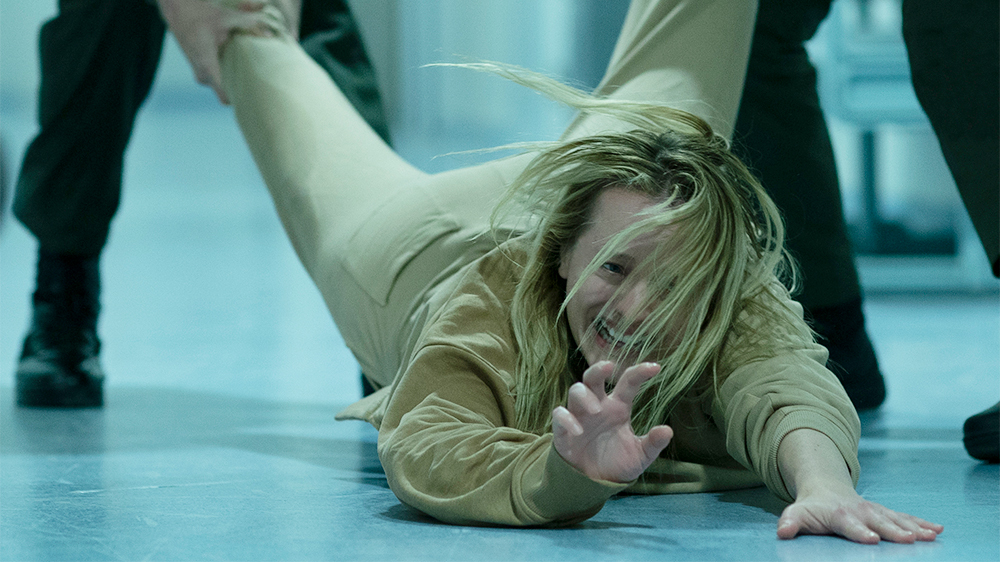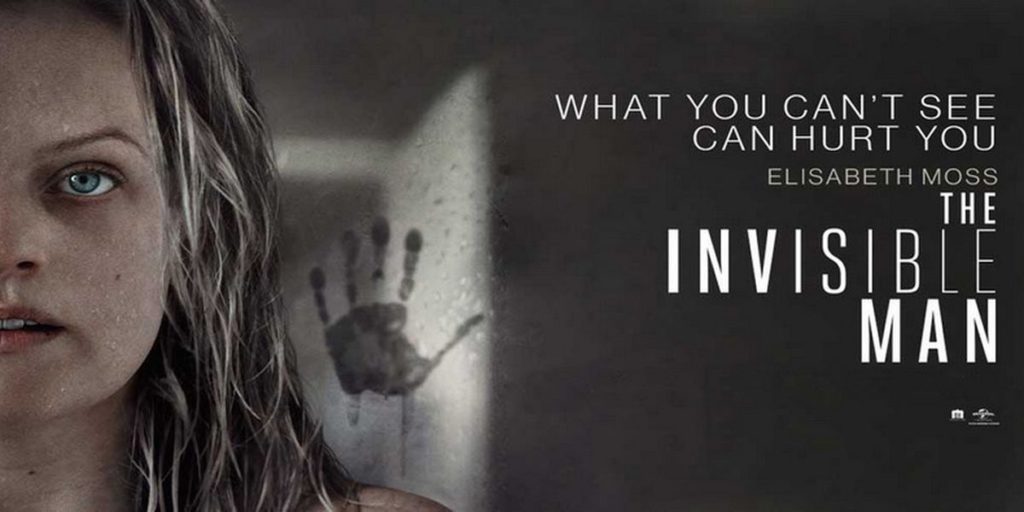Since the 1950s, Universal Studios has been known for its cult classic horror movies like Frankenstein, The Mummy, The Wolf Man, The Invisible Man, and Dracula. Most of these took inspiration from their literary counterparts so it is no surprise that they have lasted on as pop culture favorites for years.
For years, critics have said that of all the original horror classics, The Invisible Man (first played by Claude Rains in 1933) is by far the most psychotic, the most destructive, and inarguably, the most human of them. The entire point of the invisible man seems to be the fact that when a man doesn’t have to face himself in the mirror, he loses all sense of morality and accountability. The only thing left is his worst instincts.

The invisible man is defined by his arrogance and contempt. His pursuit of scientific glory has given him a heightened sense of superiority and also isolated him from other people. In the original, and most of the remake that followed, the invisibility he gained not only worsened these traits but also allowed him to weaponize them.
Leigh Whannell’s The Invisible Man 2020 remake is exciting for so many reasons, one being the fresh new perspective he chose to view the movie from. Taking the camera away from the mad scientist, Whannell instead decided to let us look through the lens of the terrified victim he stalks. This of course makes it much more than a horror movie, but more about gaslighting and how horrific it can be.
Whannell came to Hollywood together with fellow Australian, James Wan as a writing partner. Together they hit it big with movies like Dead Silence, the original Saw, and the insidious movies. But while Wan graduated to making big-budget movies like Aquaman and Fast and Furious 7, Whannell remained with the horror genre. He made his directorial debut with the third insidious film. He experienced a huge leap in his career after the movie upgrade.
With two Emmys and two Golden Globes to her name, Elisabeth Moss appears to be perfectly cast for the lead role which she delivers on incredibly well. Horror films can be a wild ride normally, but the combination of Moss and Whannell brought a psychological realism that isn’t normally present in the horror genre.
Moss plays a woman that is experiencing what may be a supernaturally laced form of domestic abuse, yet it feels oddly and disturbingly familiar in some regards.
The phrase “power corrupts” may be old and clichéd, but it holds here as we see how invisibility brings out the worst in a person. It makes you wonder if we would all turn into monsters if we were all invisible. With the focus on the victim rather than the mad scientist, we see that the torment and manipulation Moss’s character experiences may come from an invisible hand, but it is nothing but an extreme version of typical abusive behaviors.
The opening sequence does a brilliant job of underlining the fact that once you strip away the science fiction aspect, this is sadly another story depicting the horrors of abuse. The film opens with Cecilia (played by Moss) slipping away from her bed, her scientist husband Adrian (played by Olivier Jackson-Cohen) which is both a literal and figurative metaphor for the fact that she wants to leave him for good.
Several obstacles exist to hinder her plan, such as the high-tech security installed in the house to keep out intruders as much as it locks her in. The lonely Cliffside location also ensures that even if she’s able to leave the house, leaving the area will be another feat completely. At this point in the movie, everything stills look like a typical case of domestic abuse and although Adrian is a terror, he is still quite visible.
She escapes the house and Emily (played by Harriet Dyer), Cecelia’s sister, drops her off at the home of an old friend, James (played by Aldis Hodge). James turns out to be a policeman (how lucky) and offers her protection, even letting her sleep in his daughter’s room.
Abuse is hard to heal from, and leaving the vicinity of your abuser is just the first step. So while Cecilia may have taken that step, the scars remain, making her afraid to leave her new shelter. Soon she receives news that Adrian committed suicide, and she’s the beneficiary of a multi-million dollar payout courtesy of Adrian’s estate manager who is also his brother.
With Adrian’s alleged suicide, most people considered her lucky to have escaped her dreadful husband. Yet Cecilia can’t shake the thought that Adrian is still present. The accompanying series of unfortunate events soon start to turn violent, further solidifying that thought. But to everyone else, she looks responsible for the events, after all, who else could have done it?
As the movie progresses, we watch as Cecilia is pushed slowly to the edge of madness, and to make things worse, no one believes her when she says she’s being stalked. Anyone who has experienced gaslighting knows just how horrible it feels to be made to believe that all your worries are in your head.
The suspense set is given plenty of breathing room and soon takes on a more paranoid flavor. Moss knows how to capture the camera, and together they give us a front seat view of the horrors Cecilia is experiencing.
Everywhere she goes, she imagines Adrian is there, watching silently from the corners of the room, and of course, the camera pans just right to confirm her fears. While some actors may come across ridiculous wrestling and fighting with thin air, Moss is able t sell it and tell an impressive story of a woman, a wife struggling to leave her destructive husband and leverage control over a terrible situation.
Invisible attacks are something most horror films utilize quite well and Whannell does the same too. Invisible Adrian could be anywhere, which is why Cecilia feels like he’s always in the room with her. On the emotional side of things, Adrian’s ability to hack away at Cecilia’s support group leaving her feeling alone is such a stark reminder of how terrible domestic abuse is.
Whannell’s reproduction certainly makes for an interesting watch, although it may have neglected some of the stickier elements of the original plots. Half the time, the film fees more like a remake of some of the domestic thrillers from the 90s like Unlawful Entry than a remake of The Invisible Man. However, considering Universal’s series of failures each time they try to revive horror classics (Dracula Untold anyone), this should be applauded as a success.

